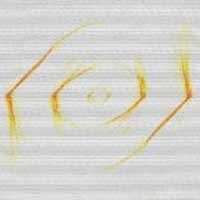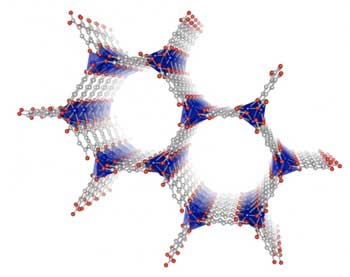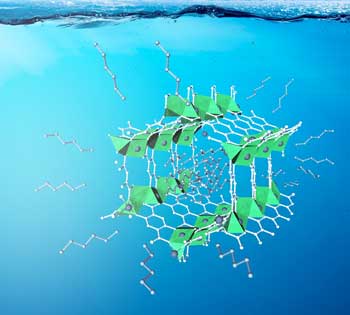 This study has for the first time shown how three key emerging technologies can work together: brain-computer interfaces, artificial neural networks and advanced memory technologies (also known as memristors).
This study has for the first time shown how three key emerging technologies can work together: brain-computer interfaces, artificial neural networks and advanced memory technologies (also known as memristors).
Wednesday, February 26, 2020
Nanoelectronics enables brain neurons and artificial neurons to communicate with each other
 This study has for the first time shown how three key emerging technologies can work together: brain-computer interfaces, artificial neural networks and advanced memory technologies (also known as memristors).
This study has for the first time shown how three key emerging technologies can work together: brain-computer interfaces, artificial neural networks and advanced memory technologies (also known as memristors).
Nanoscale precipitates make big difference in mitigating strength-ductility tradeoff
 Researchers have found that nanoscale precipitates provide a unique sustainable dislocation source at sufficiently high stress.
Researchers have found that nanoscale precipitates provide a unique sustainable dislocation source at sufficiently high stress.
New technique to create nanomaterials may help detect cancer earlier
 For the first time, a team of scientists has created functional nanomaterials with hollow interiors that can be used to create highly sensitive biosensors for early cancer detection.
For the first time, a team of scientists has created functional nanomaterials with hollow interiors that can be used to create highly sensitive biosensors for early cancer detection.
Light-shrinking device enables detection of ultra-tiny substances
 Engineers have created light-based technology that can detect biological substances with a molecular mass more than two orders of magnitude smaller than previously possible. The advance was made possible by building a device that shrinks light while exploiting mathematical singularities known as exceptional points.
Engineers have created light-based technology that can detect biological substances with a molecular mass more than two orders of magnitude smaller than previously possible. The advance was made possible by building a device that shrinks light while exploiting mathematical singularities known as exceptional points.
Researchers discover new way to control the phase of light using 2D materials
 Researchers use atomically thin materials to manipulate the phase of light without changing its amplitude, at extremely low power loss; could enable applications such as LIDAR, phased arrays, optical switching, and quantum and optical neural networks.
Researchers use atomically thin materials to manipulate the phase of light without changing its amplitude, at extremely low power loss; could enable applications such as LIDAR, phased arrays, optical switching, and quantum and optical neural networks.
Metal-organic frameworks can separate gases despite the presence of water
 Metal-organic frameworks (MOFs) are promising materials for inexpensive and less energy-intensive gas separation even in the presence of impurities such as water.
Metal-organic frameworks (MOFs) are promising materials for inexpensive and less energy-intensive gas separation even in the presence of impurities such as water.
MOF co-catalyst allows selectivity of branched aldehydes of up to 90%
 Approach represents a powerful tool for designing selective catalytic heterogeneous processes.
Approach represents a powerful tool for designing selective catalytic heterogeneous processes.
Subscribe to:
Posts (Atom)
